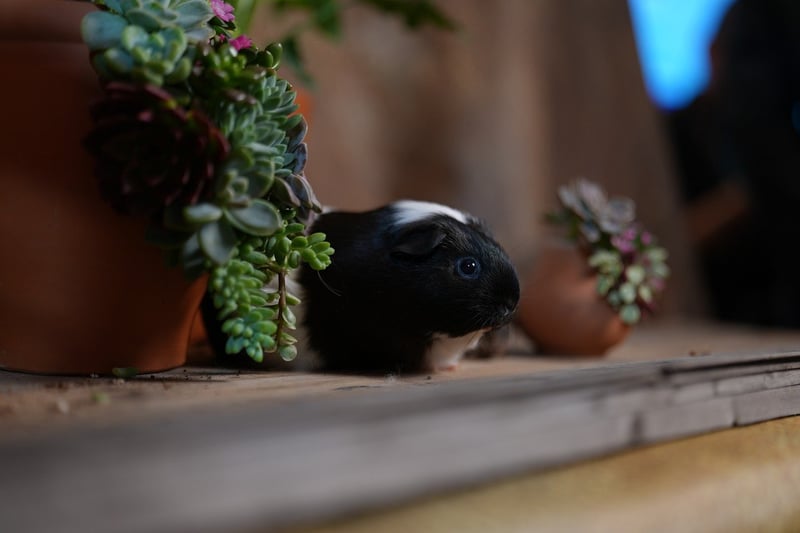Companion Planting
Protecting Your Garden Naturally with Companion Planting

Having a thriving garden is a joy for many, but keeping pests at bay can be a challenge. One effective and natural way to protect your garden is through companion planting. By strategically placing certain plants together, you can create a mutually beneficial environment that deters pests, attracts beneficial insects, and promotes overall plant health.
What is Companion Planting?
Companion planting is the practice of growing different plants together that benefit each other in various ways. This age-old technique is based on the idea that certain plant combinations can enhance growth, flavor, and pest resistance.
Benefits of Companion Planting
- Repelling pests naturally
- Attracting beneficial insects like pollinators
- Improving soil quality
- Maximizing garden space
- Enhancing flavor and growth of plants
Common Companion Planting Combinations
Here are some popular companion planting combinations that can help protect your garden naturally:
1. Marigolds and Tomatoes
Marigolds help repel pests like nematodes and whiteflies, making them an excellent companion for tomatoes.
2. Basil and Tomatoes
Basil improves the flavor of tomatoes and helps repel pests like aphids and mosquitoes.
3. Nasturtiums and Cucumbers
Nasturtiums attract predatory insects that feed on cucumber pests, such as aphids and beetles.
4. Beans and Corn
Beans provide nitrogen to the soil, benefiting corn, which requires a lot of this nutrient for growth.
Get Started with Companion Planting
Whether you're a seasoned gardener or just starting, companion planting is a simple and natural way to protect your garden. Do some research on plant combinations that work well together and start experimenting in your own garden. Not only will you be promoting a healthy and diverse ecosystem, but you'll also enjoy the benefits of a bountiful harvest.

Happy planting!
